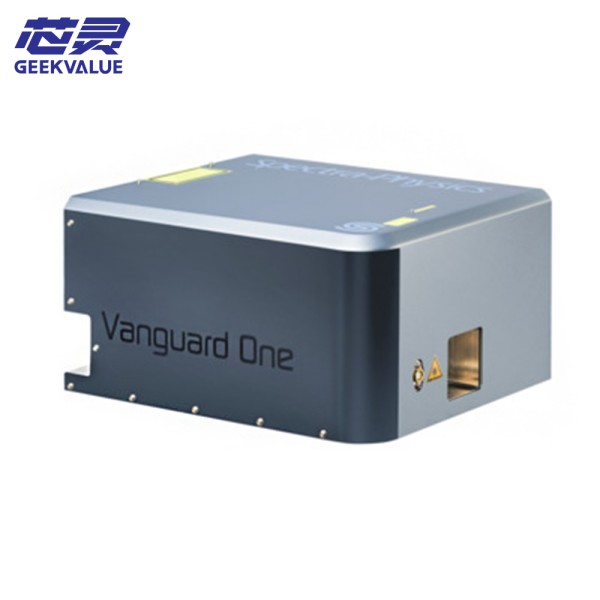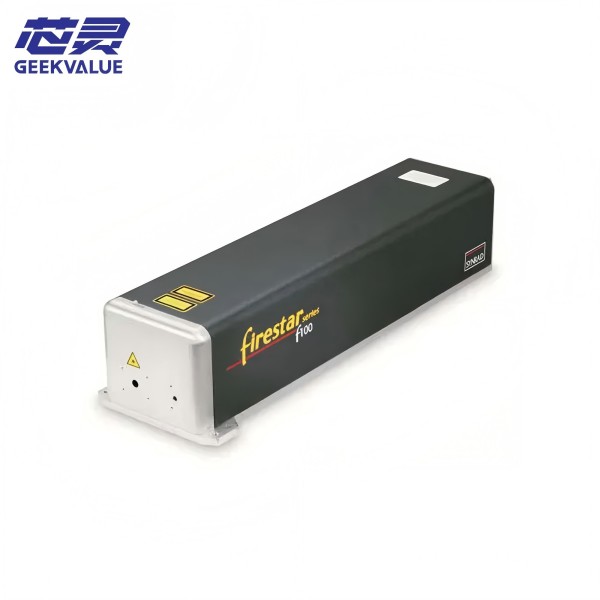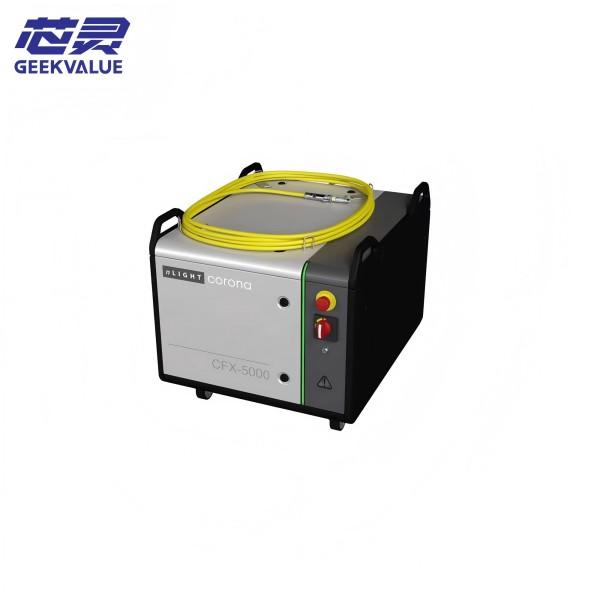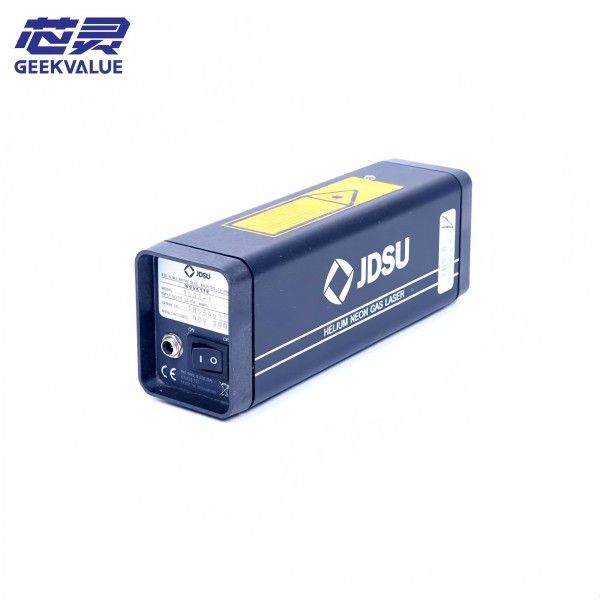Spectra Physics Quasi Continuous Laser (QCW) Vanguard One UV125 is a quasi-continuous ultraviolet laser for precision machining, combining high power output and excellent beam quality. The following is an introduction to its structure, common faults and maintenance measures:
1. Structure
Laser resonant cavity
Seed source: Usually a diode-pumped Nd:YVO₄ laser crystal that produces 1064nm fundamental frequency light.
Q-switching module: Acousto-optic Q-switching (AO-Q switch) or electro-optic Q-switching (EO-Q switch) for generating short pulses.
Frequency doubling module: Converts 1064nm to 532nm (second harmonic) through KTP/LBO crystal, and then to 355nm (third harmonic, ultraviolet output) through BBO crystal.
Pumping system
Laser diode array: Provides pump energy for Nd:YVO₄ crystal, requiring precise temperature control (TEC cooling).
UV generation and output
Nonlinear crystal group: BBO or CLBO crystal is used for UV conversion, which needs to be kept clean and temperature stable.
Output coupling mirror: UV anti-reflection coating is applied to reduce energy loss.
Cooling system
Water cooling/air cooling module: Maintain the temperature stability of laser head, crystal and diode (usually requires water temperature accuracy of ±0.1℃).
Control and power supply
High voltage power supply: Drive Q-switching module and pump diode.
Control system: Including PLC or embedded controller, manage power, frequency, pulse width and other parameters.
Optical path protection
Sealed cavity: Filled with nitrogen or dry air to prevent UV light from causing optical component contamination (such as crystal deliquescence and mirror oxidation).
2. Common faults and possible causes
Power drop or no output
Optical component contamination: UV crystal (BBO) or mirror coating damage.
Q-switching failure: AO/EO-Q switch drive abnormality or crystal offset.
Pump diode aging: output power attenuation or temperature control failure.
Deterioration of beam quality (increased divergence angle, abnormal mode)
Resonant cavity misalignment: mechanical vibration causes lens offset.
Crystal thermal lens effect: insufficient cooling or excessive power causes crystal deformation.
Reduced UV conversion efficiency
Crystal phase matching angle offset: temperature fluctuation or mechanical looseness.
Insufficient power of fundamental frequency light (1064nm/532nm): pre-stage frequency multiplication problem.
System alarm or shutdown
Cooling failure: water temperature is too high, flow is insufficient or sensor is abnormal.
Power overload: high voltage module short circuit or capacitor aging.
Pulse instability (energy fluctuation, abnormal repetition frequency)
Q switch drive signal interference: poor cable contact or power supply noise.
Control software failure: parameter setting error or firmware bug.
III. Maintenance measures
Regular optical inspection
Clean the external light path lens (use anhydrous ethanol and lens paper) and check whether the surface of the UV crystal is damaged or contaminated.
Note: Avoid direct contact with the optical coating, and UV crystals (such as BBO) need to be stored in a moisture-proof manner.
Cooling system maintenance
Regularly replace deionized water (to prevent scale), check whether the pipeline leaks, and clean the dust on the radiator.
Calibrate the temperature sensor to ensure the response speed of the cooling system.
Power supply and circuit inspection
Monitor the output stability of the high-voltage power supply and replace aging capacitors or filter components.
Check the grounding line to reduce electromagnetic interference.
Calibration and Use a power meter and a beam analyzer to calibrate the output power and spot mode regularly.
Optimize Q-switching parameters (such as pulse width and repetition frequency) through control software.
Environmental control
Maintain a constant temperature and humidity in the working environment (recommended temperature 22±2℃, humidity <50%).
If the machine is shut down for a long time, it is recommended to fill the optical path with nitrogen.
Fault recording and prevention
Record the alarm code and fault phenomenon to facilitate quick problem location (such as Spectra Physics software usually provides error logs).
IV. Precautions
Safety protection: Ultraviolet laser (355nm) is harmful to the skin and eyes, and special protective glasses must be worn during operation.
Professional maintenance: Crystal alignment and resonant cavity debugging must be performed by the manufacturer or certified engineers to avoid self-disassembly.
Spare parts management: Reserve vulnerable parts (such as O-rings, pump diodes, Q-switch crystals).
If further technical support is required, it is recommended to contact our technical team and provide the laser serial number and fault details to obtain targeted solutions.







